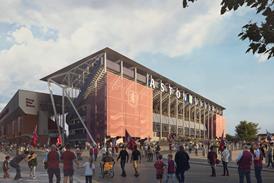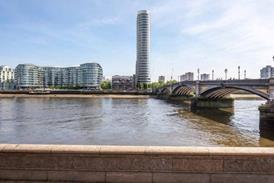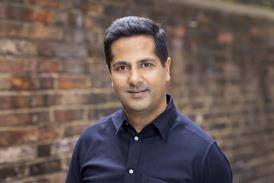- Home
- Intelligence for Architects
- Subscribe
- Jobs
- Events

2025 events calendar Explore now 
Keep up to date
Find out more
- Programmes
- CPD
- More from navigation items
ARB’s code of conduct overhaul calls for architects to step up

The architectural regulator’s draft code of conduct reflects a rapidly evolving professional context, writes Ben Flatman
The architectural profession finds itself – along with the wider construction industry – at a pivotal moment. The expectations placed on architects, both by the public and by the regulatory bodies overseeing their work, have never been higher.
The days of static roles, where one set of skills and practices could serve an entire career, are over. We now live in an era where continual evolution, learning and accountability are non-negotiable.
This necessity is keenly reflected in the Architects Registration Board’s (ARB) draft consultation for a new code of conduct, which sets the tone for a profession in a period of transformation.
…
This content is available to registered users | Already registered?Login here
You are not currently logged in.
To continue reading this story, sign up for free guest access
Existing Subscriber? LOGIN
REGISTER for free access on selected stories and sign up for email alerts. You get:
- Up to the minute architecture news from around the UK
- Breaking, daily and weekly e-newsletters
Subscribe to Building Design and you will benefit from:

- Unlimited news
- Reviews of the latest buildings from all corners of the world
- Technical studies
- Full access to all our online archives
- PLUS you will receive a digital copy of WA100 worth over £45
Subscribe now for unlimited access.






